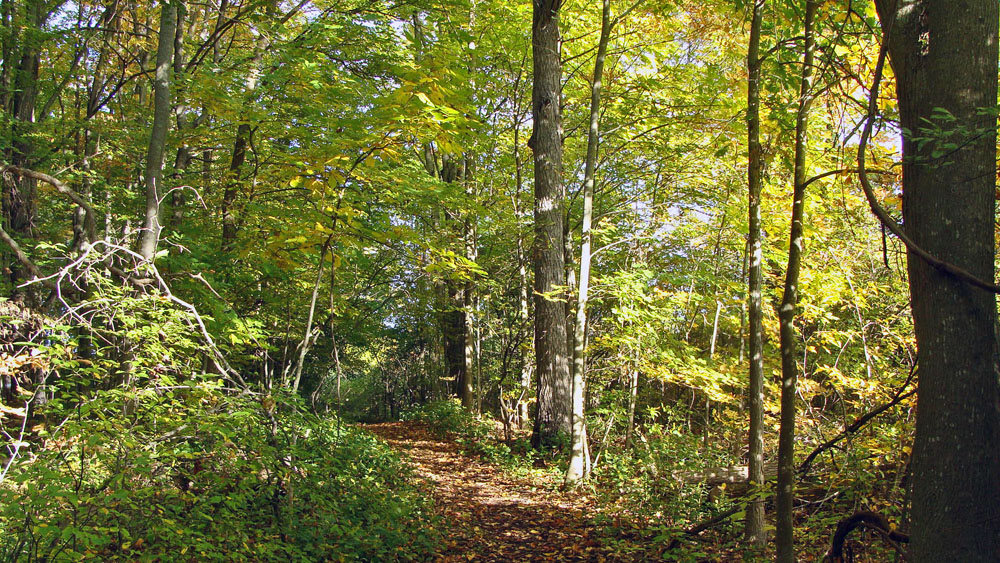Prince Edward County, Ontario, Canada
Beaver Meadow Conservation Area
The small band of Prince Edward Region Conservation Authority staff and volunteers were elated. This was the very first piece of property purchased by the fledgling organization, and they were on their way to undertake their first project – the installation of wood duck nesting boxes. The year was 1973, and this 88.36-hectare (218.33 acres) wetland, known locally as Beaver Meadow, was a jewel – a large flooded swamp covering almost 80 percent of the property, with a small heronry of great blue herons; an impressive deciduous woods comprising sugar maple, American beech, red oak and eastern white pine; and an open field where wildlife shrubs would one day be planted.
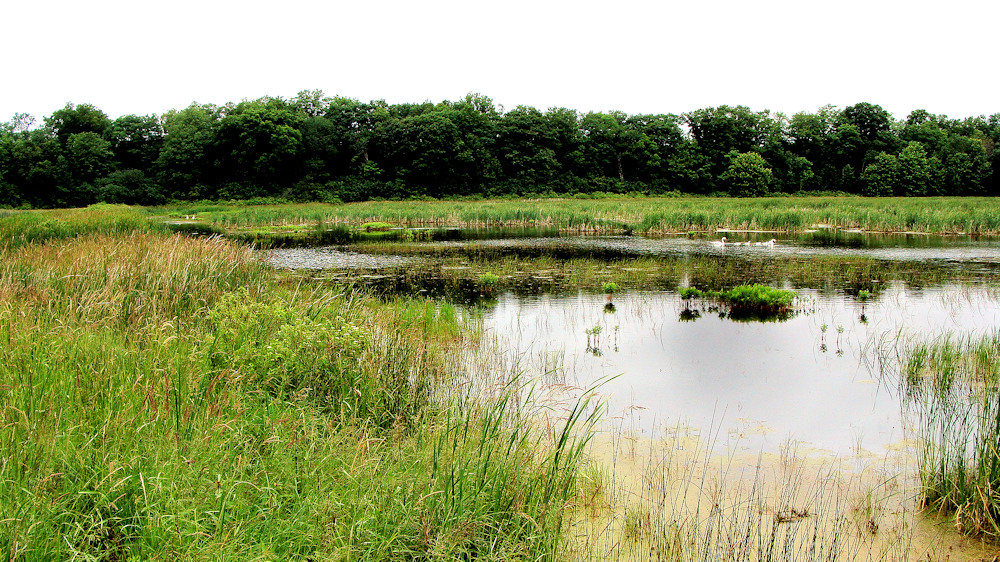
Today, a Ducks Unlimited weir offers control to the water, providing habitat to nesting Canada geese and wood ducks. Periodic drawdowns increase the production of natural foods and cover and thereby enhance the value of the wetland to wildlife. The nearby meadow beside the parking lot, planted years ago with white cedar, highbush cranberry, multiflora rose, pin cherry and caragana provide habitat for flycatchers, goldfinches and waxwings. It is here where, in 1989, over 20 confused wild turkeys were released; no one thought as they flew off in as many directions, that any would ever again meet up with each other. But they did and the resident population in Prince Edward Country has since burgeoned to over 600.
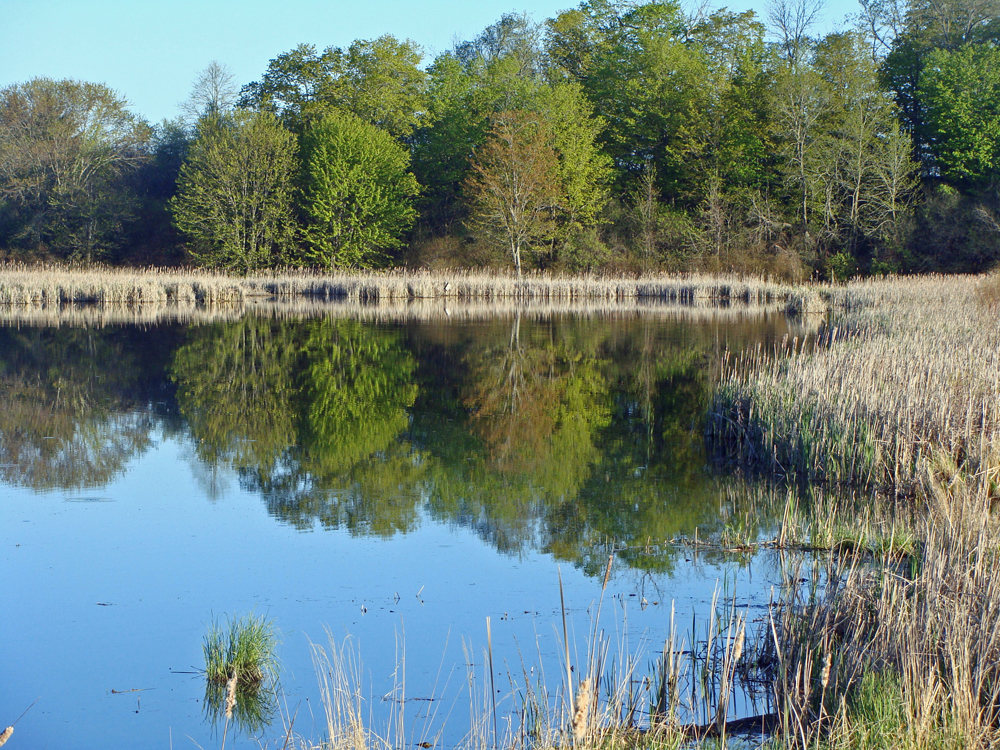
The wetland, rich in sedges, frogbit, water milfoil, arrowhead and duckweed provides an outdoor classroom for visiting schools as they search for whirligig beetles, dragonfly nymphs, caddisfly larvae and water mites, while other children eagerly turn over rotting logs in search of salamanders – both red-backed and blue-spotted. Blanding’s turtles stare from the water’s edge, and plant enthusiasts search for the wild ginger growing along the trail as scarlet tanager, rose-breasted grosbeak and wood thrush serenade them from the adjacent woods.
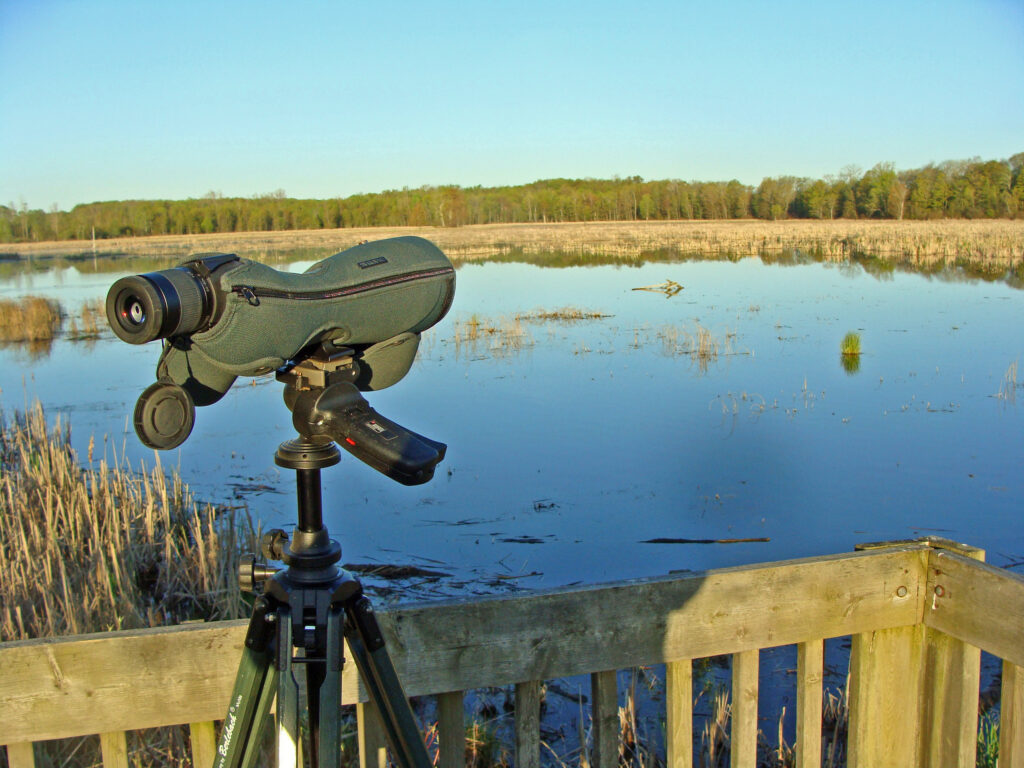
Beaver Meadow Wildlife Management Area is one of the more popular conservation areas, owned and managed by Quinte Conservation, but, historically, it has always been a hive of activity. The first recorded owner of the property was George W. McMullen who purchased the area in 1909. The McMullens were involved in growing celery and mushrooms, harvesting sugar turnips, producing maple syrup, raising chickens, and manufacturing explosives. The acreage developed as a machine shop, barn, drying kiln, celery store room, summer house and dining hall were erected. Foundations still remain, albeit slightly covered in vegetation, that remind us of the past prosperity. McMullen died in 1915, removing the driving force to the family’s economic ventures.
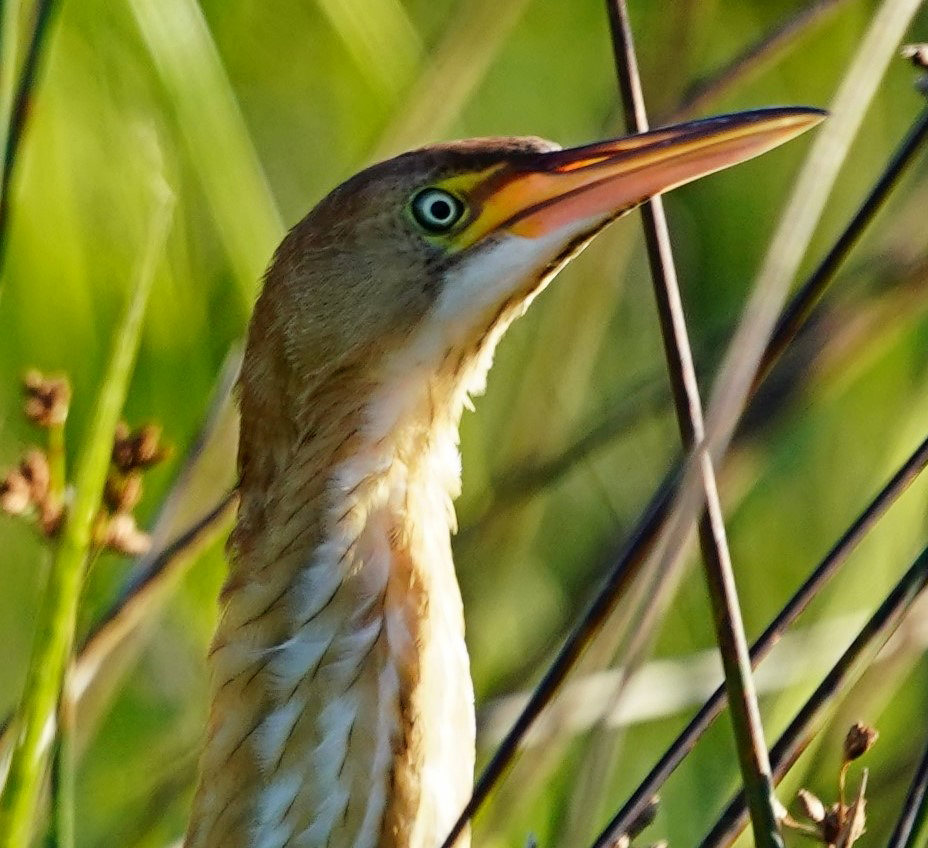
Upon entering the parking lot at Beaver Meadow, there are two main trails, both of which lead to viewing platforms overlooking the swamp. The trail veering off to the left of the parking lot is the most productive and offers the best vantage point to view any waterfowl that may be present. However, portions of the trail may be very muddy, due to water levels. Volunteers have tried to reroute the trail in places to avoid these difficult spots. The second trail follows a seldom used roadway to the weir, then veers off to the right, continuing to a second viewing platform. Other trails offer glimpses of foundations, and an opportunity to explore the one time meadow which is now thick with wildlife shrubs. Part way along the second trail is a short dead-end trail that veers off to the right and leads to the historic remains of a greenhouse and another double-walled building believed to have housed the equipment needed to heat the adjacent greenhouse.
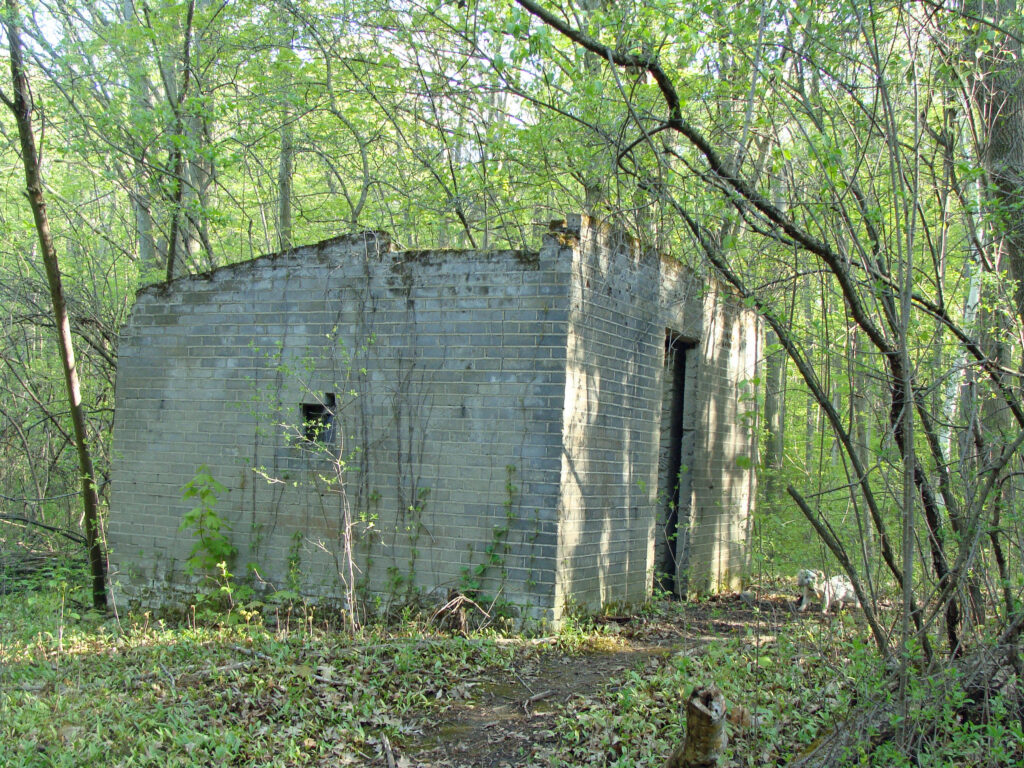
To reach Beaver Meadow from Picton, take County Road 10 (Lake Street) at the LCBO, and follow south for 5 km, and turn right onto County Road 11. Follow for 1 km to the entrance. Drive carefully as the entrance road to the parking lot is narrow.
